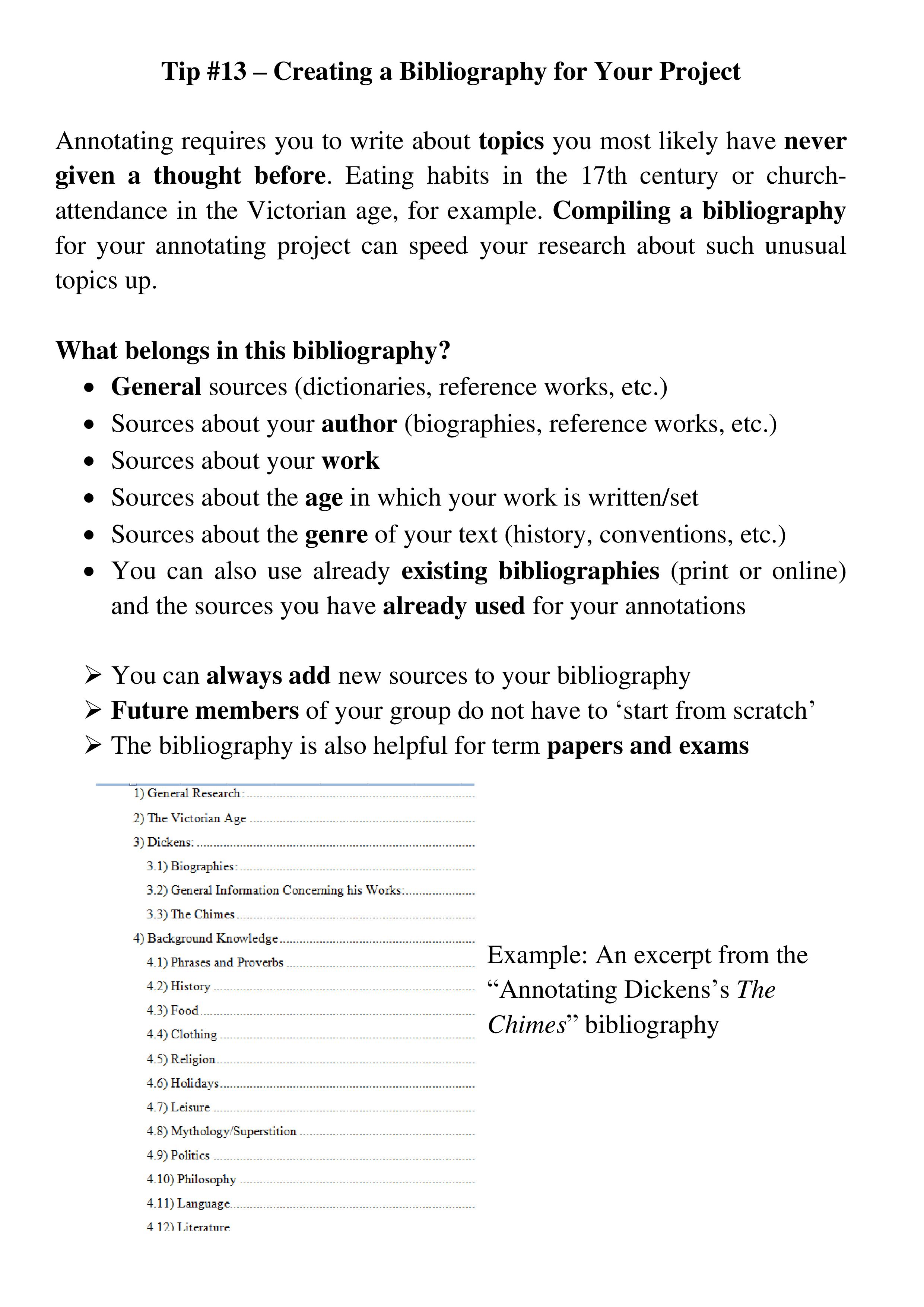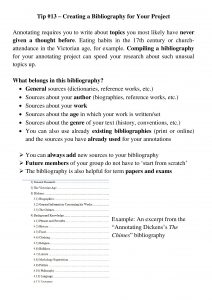Tips for Annotating – No 18 – Online
One aim of our project is to find out what readers need in order to benefit from online annotations and to create a best-practice model for such annotations. The departure from print-based explanatory notes has, of course, certain advantages and disadvantages.
Tips-for-Annotating-No-18-Online

